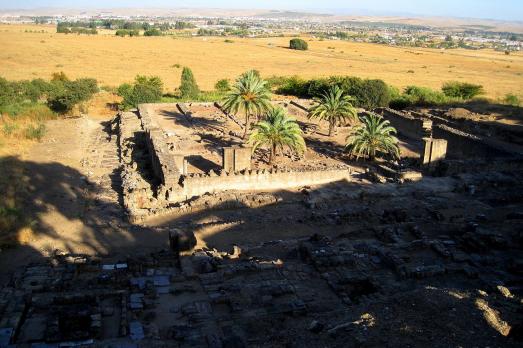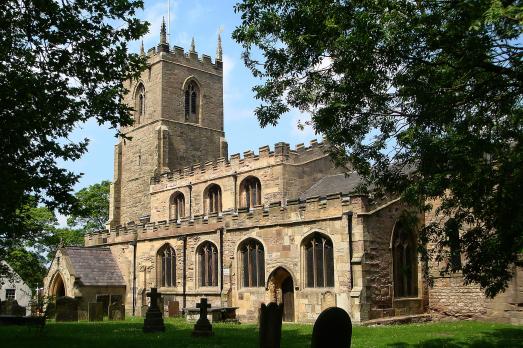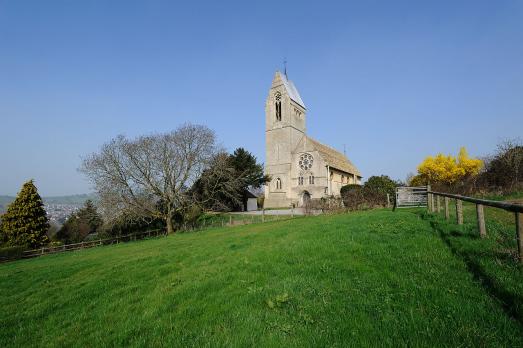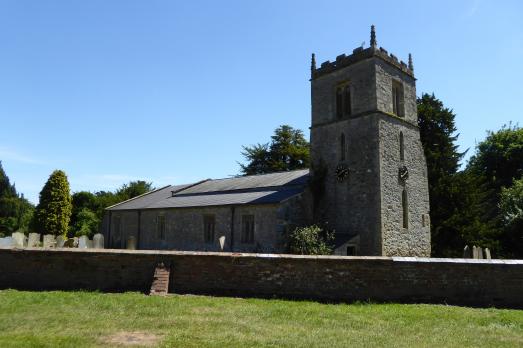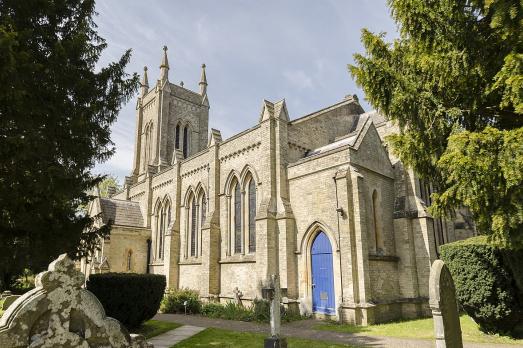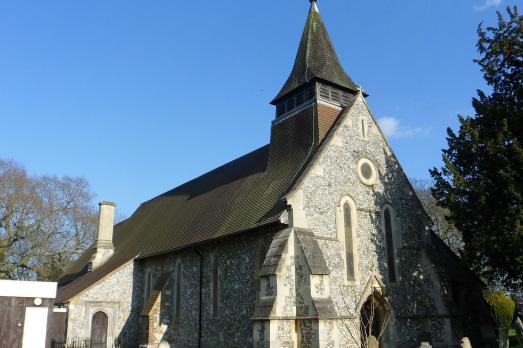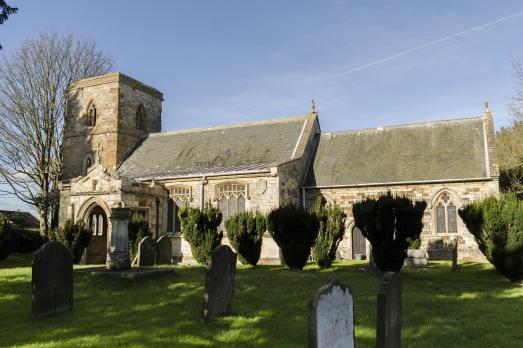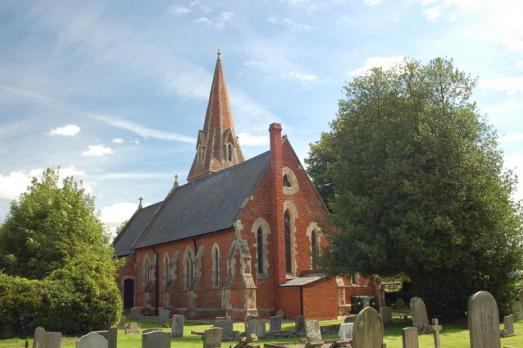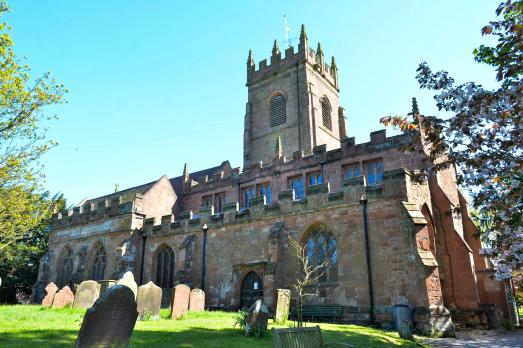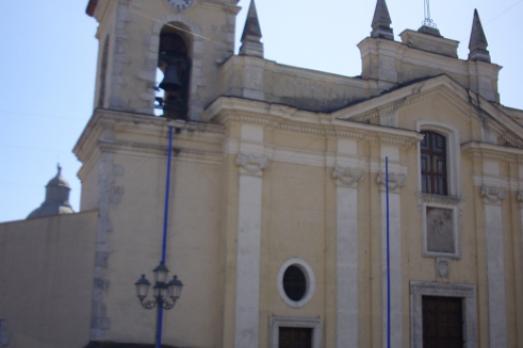
Alife Cathedral
Alife, IT
The Cathedral of Alife was built by the Norman Count Ranulf II of Alife between 1127 and 1135, incorporating an earlier religious structure, with a north-south orientation. Over the centuries it was rebuilt several times, mainly in 1450 by Bishop Moretta and, above all, following the earthquake of 5 June 1688. After the damage caused by the earthquake of 1805, the façade was rebuilt (1820). The bell tower of the Cathedral suffered some damage in the earthquake of 29 December 2013.
